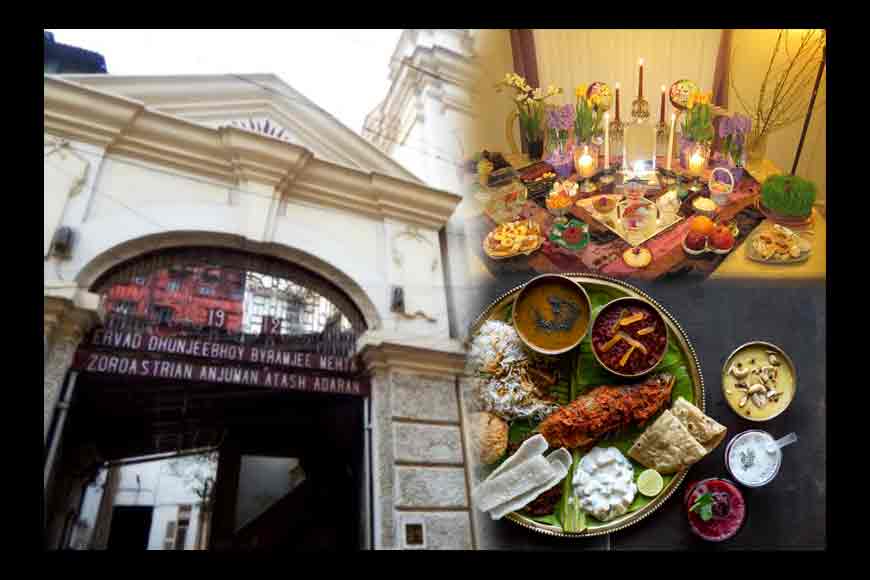Happy Navroz -- Why Parsis of India celebrate New Year today?

All over the world Parsi New Year celebrations of Nowruz or Navroz starts on the day of the vernal equinox that is the moment the sun crosses the celestial equator and equalizes night and day. That is as per Iranian calendar around March 21. However, in India that is different. Parsis in India follow the Shahenshahi calendar -- which does not take into account leap years and hence it comes on 17th August, 200 days later.
It is said that Parsis toast to their arrival and acceptance into their new homeland in the month of August, as per the Gregorian calendar. Navroz began some 3,000 years ago by the Parsis who originally belong to Persia. They follow Zoroastrianism, founded by Zarathustra or Zoroaster, who was an ancient Iranian-speaking spiritual leader and ethical philosopher who taught a spiritual philosophy of self-realization and realization of the Divine. It is also believed the Persian king, Jamshed introduced the Parsi calendar and as a way of honouring him, the day is also known as Jamshed-i-Nowruz.
Forced to flee from their homeland due to persecution, the Parsis of Kolkata drew strength from their faith to preserve their culture in the land that gave them refuge and the liberty to keep their core beliefs intact, even as they adapted to new ways of life. Interestingly, in each place they went, they assumed different roles, as shipbuilders, tea planters, traders of opium and cotton. The women changed their attire too as per the local attire.
Parsis of Kolkata also celebrated the Jashan ceremony, where the ‘living meet the dead’ and is reflective of their belief in the interconnectedness between the physical and the spiritual world. Beautiful muktad silver vases permanently commemorating the souls of the departed are kept. Parsi families lent Ses and various ritual objects for the exhibit, conveying the underlying unity that still exists in Parsi homes. And there is the Kushti, a thread that protects every individual from birth to death and acts as a gird to every person to be a ‘Soldier of Truth.’
Trade with China increased the wealth of Parsis and they adapted some external changes in the symbolism they initially brought from Iran. They contributed to a large extent to Kolkata’s multi-lingual and multi-ethnic culture, theatre, education, entertainment and trade.









